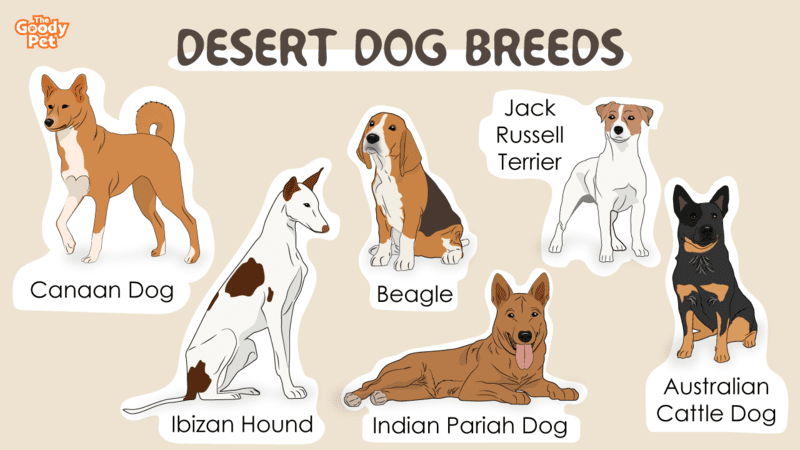The desert dog is a dog that has been bred for living in a desert environment. There is no one definition of what a desert dog is, as the name is used to describe dogs from a number of different breeds that have been bred for living in an arid climate.
Desert dogs have physical features that empower them to survive the harsh hot climates of the desert. The most common breeds of such dogs are the Ecuadorian Hairless Dog, the Chinese Crested Dog, and the Xoloitzcuintli. Let’s take a look at all 29 of them, including these three breeds, in this article.
29. Xoloitzcuintli
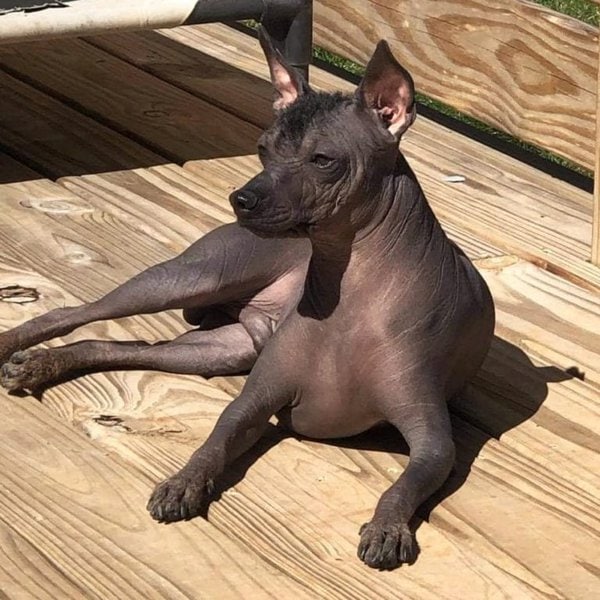
Xoloitzcuintli is a dog breed that originates from Mexico. They are called by different names, like Mexican Hairless dog, Xolo, Xoloitzcuintle, Xoloitzcuintli, Xoloitzcuintle, Xoloitzcuintli, and Xolo dog.
The Xoloitzcuintli is one of the oldest dog breeds that are still alive today. Xoloitzcuintli is a dog that can survive in hot weather conditions since it has minimal to no hair.
28. Ecuadorian Hairless Dog

The Ecuadorian Hairless Dog has a few other interesting adaptations to help it survive in the outdoors. The first is simply its size. This dog is very small. That means it takes less energy to keep its body running.
It also means that the Ecuadorian Hairless Dog needs less food to survive than other dog breeds.
This dog also has a double coat. It has the standard insulating undercoat that most dogs have, and then a top coat that is very thin and water-repellent. This top coat is shed in the summer months to avoid getting too hot.
27. American Staffordshire Terrier
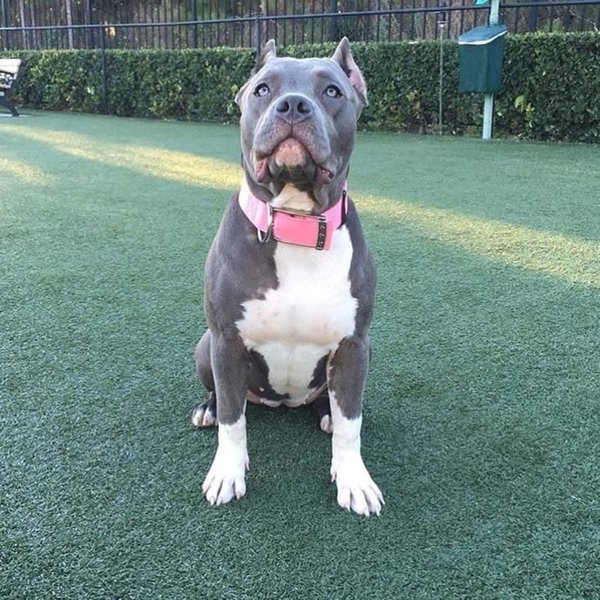
The American Staffordshire Terrier is a breed that originated from the American Pit Bull Terrier and is one of the most popular breeds for dogfighting. They are very protective of their owners and their territory, so they can make for a great guard dog for a home.
Despite their reputation, the American Staffordshire Terrier can not only survive but thrive in the desert, and even can do well in hotter temperatures compared to a lot of other dog breeds. They do not have long hair, which greatly improves their adaptability in warm climates.
26. Basenji
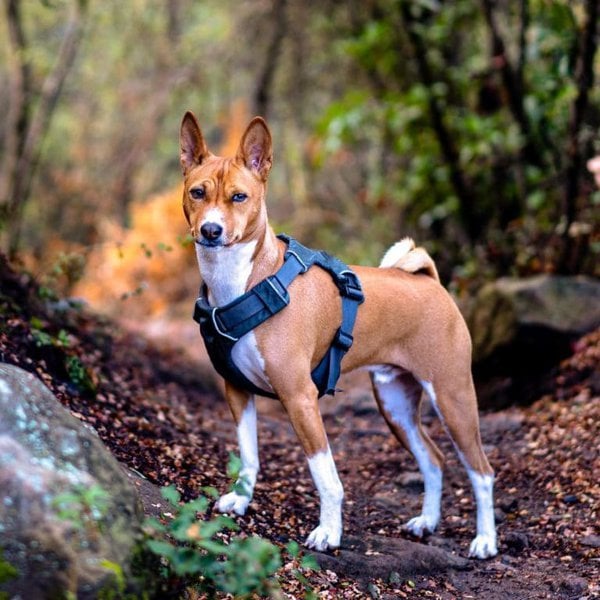
The Basenji is a breed of hunting dog, noted for its yodeling howl. It is thought to have originated in central Africa, and its earliest ancestors may have been brought from Africa to Europe by the Romans, where it was known as Canis latrans, the barking dog.
In the late 18th century, the breed was introduced to the Americas, where it was known as the African hunting dog and was also used as a watchdog on Caribbean plantations.
With an ancestry that has survived in the harsh deserts of the African climate for centuries, it’s, therefore, no surprise that Basenjis is genetically capable of coping with hot climates.
25. Hairless Chihuahua

The majority of Chihuahuas are kept as indoor pets, but the latest ones to be seen in the deserts of America have come from the exotic dog collection of a Hollywood starlet.
One of the many fascinating things about the hairless Chihuahua is its ability to live in a variety of climates, from the deserts to the tropical areas. Their lack of hair also makes them easy to keep clean, which is a definite plus in a busy Hollywood schedule.
24. Peruvian Inca Orchid

It was a long journey from the Peruvian Inca Orchid dogs land to the sandy deserts of Arizona. As a matter of fact, in 2000 the U.S. Fish and Wildlife Service listed the Inca Orchid dog as endangered. At the time, there were only about 1,200 left in the wild.
However, the Peruvian government and various animal rights groups have been working hard to restore the population of these dogs. A lot of their efforts have been successful, and today there are several hundred of these dogs living in the Peruvian desert.
23. Doberman Pinscher
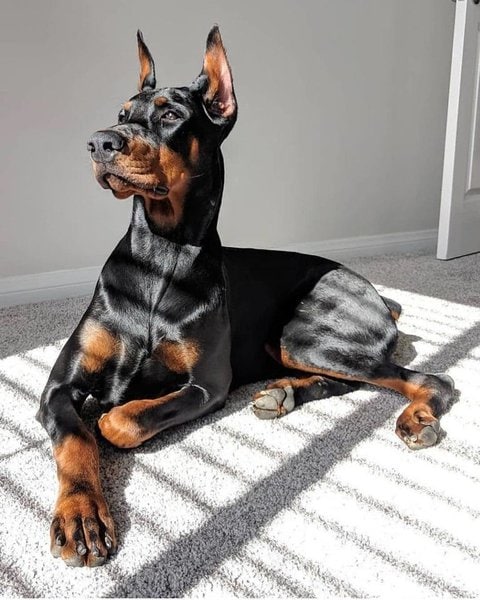
Doberman Pinschers are a fiercely loyal breed of dog that has a long history of working alongside humans. But one thing that you might not know about these dogs is how well they can adapt to their environment – even to extreme environments, such as the desert.
This is because Doberman Pinschers are skilled hunters and can stay alive and cool on hot days by finding shade and running between the hot sand and water in the creek. Dobermans are also very good swimmers, which is how they can enjoy the cool water in the creek.
22. Whippet
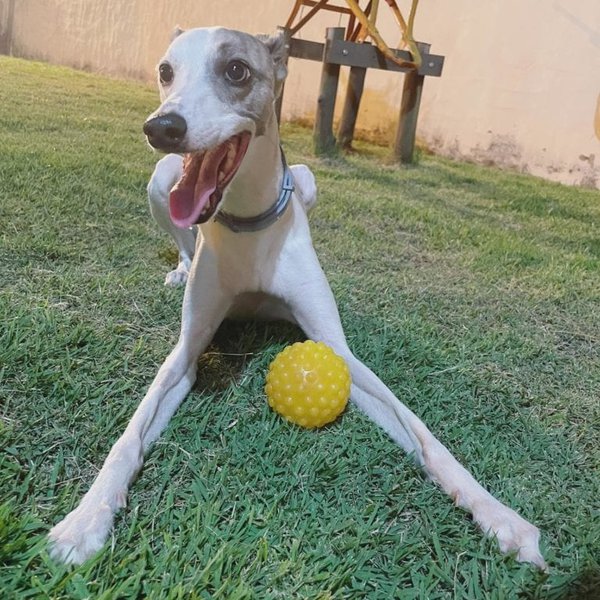
In the wild, Whippet’s are known to race for miles and miles on end and cover the sand dunes of the Sahara Desert. They have adapted well to the environment, and their ancestors were even found in Egypt.
The Whippet is very small, which helps when the temperatures rise over 100 degrees. Their thin skin and hair-covered body also help maintain a stable temperature.
21. Dalmatian
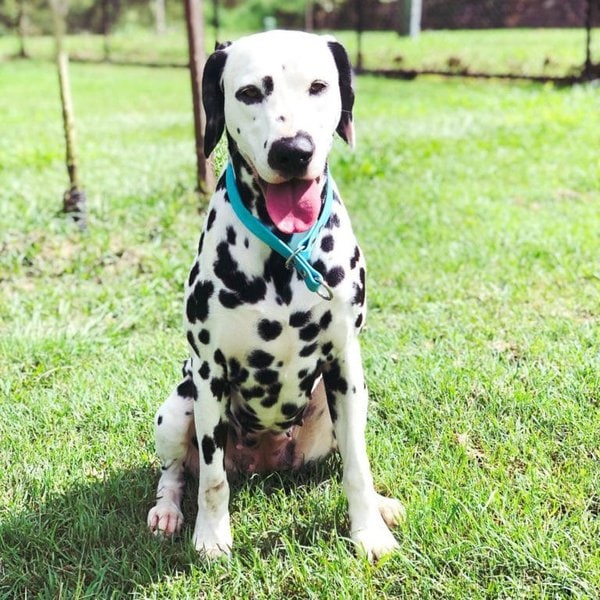
Dalmatians that live in the desert areas of the world can survive in a very hot climate like the desert. The Dalmatians are also known as the “carriage dogs” and were bred to run alongside carriages that were pulled by horses.
The Dalmatian breed is called carriage dogs because they were originally used to run alongside horse-drawn carriages. The Dalmatian has a very high tolerance to a hot climate because the dogs were bred to run long distances on roads next to the horses.
20. Azawakh
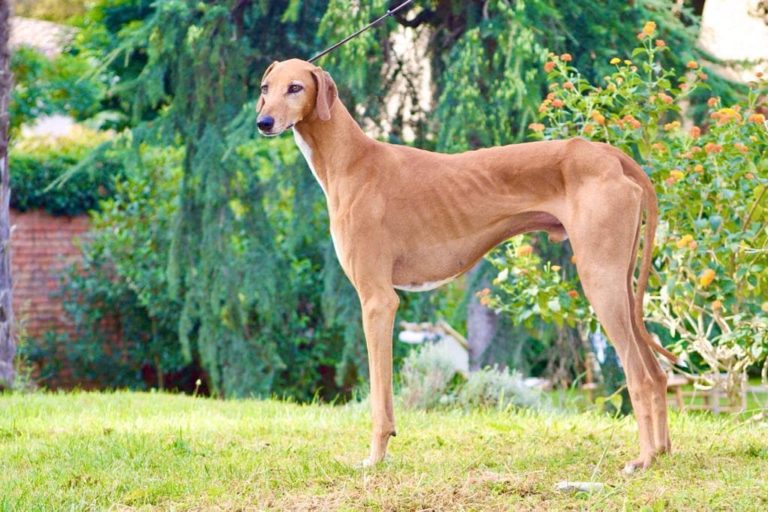
The Azawakh is a sighthound from Africa that is found in the Sahara and Sahel. They are well suited to the hot weather and can live there in the desert.
Azawakh are bred for hunting, so this means that they are more active than most dogs and will need more exercise. They will need to be walked like any other dog and will enjoy it.
19. Miniature Pinscher

A Miniature Pinscher can survive in hot climates like the desert because the dog’s body is designed to stay cool. The dog’s short and fine hair keeps the body temperature as low as possible.
The Miniature Pinscher has fewer sweat glands than other dogs, so less water evaporates through the skin. The Miniature Pinscher’s ability to pant and lick his tongue to get a little more water from the saliva also helps to keep the dog cool.
18. Saluki

The Salukis were very domesticated dogs, who were used as guard dogs in the desert. They were used for hunting, and they serve as the royal dogs that hunt for the queen.
The Saluki was employed by the pharaohs in ancient Egypt to hunt for gazelles and antelopes in the desert, which strengthened their adaptability to live in the desert.
17. Chihuahua

While you may think Chihuahuas can’t survive in hot climates, such as the desert, you’d be wrong. Although Chihuahuas aren’t built for hot weather, they have a secret weapon: their coat.
Chihuahuas have what’s known as a “double coat”, which means they have two layers of fur. The top layer is the visible fur you see, and it’s a thick layer that acts as protection from the sun. The second layer is a thin undercoat that keeps the Chihuahua cool through perspiration.
If you live in an area with hot summers and you’re worried about your Chihuahua staying cool, make sure to groom them often to remove the dead undercoat.
16. Great Dane
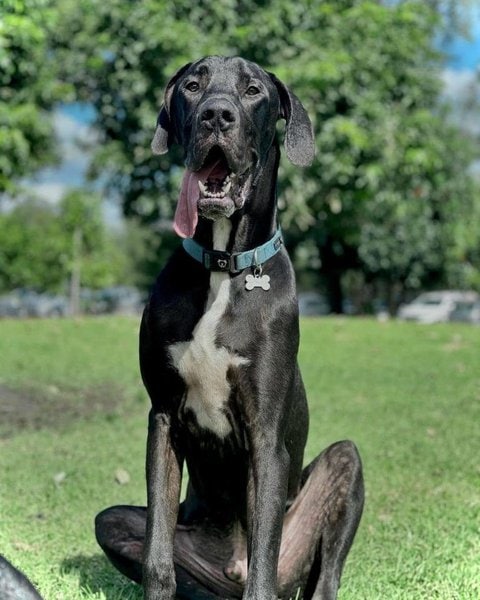
Great Dane can survive in the desert. They are strong, capable, and adaptable to the most inhospitable environments such as deserts. Deserts are known for their extreme heat and dryness. Yet the Great Dane lives and thrives in this area, as do many other animals that have adapted to the harsh conditions.
For example, the Great Dane’s lean body mass helps it to conserve moisture. This makes it easier for them to survive in a desert, as they can go longer without water.
15. Argentine Pila Dog
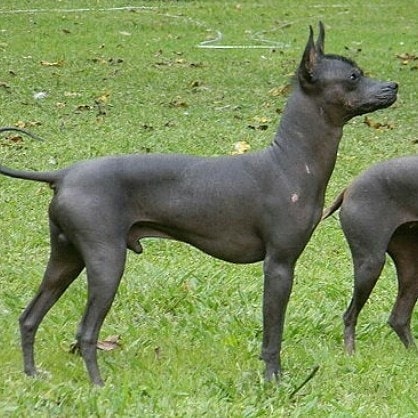
The Argentine Pila Dog is a dog breed native to Argentina that has earned the nickname “Dog of the Desert” because of its ability to survive in the harsh desert climate of the Pampas. This dog breed was originally bred for the sole purpose of herding cattle, sheep, and horses.
Today, the Pila dog is still a working dog and is mainly used for herding livestock and guarding sheep. Because the Pila dog is meant to be a working dog, the breed is not recognized by any major kennel clubs.
14. American Foxhound

The American foxhound, also known as simply the foxhound, is a breed of dog that is a cousin to the hound. These animals can survive in the desert, thanks to their long, webbed toes, which are similar to those that you will find on a duck.
The webbing on these toes helps to distribute the weight of the dog over a larger area, which reduces the amount of pressure on the pads of the feet. It also makes it easier for the dog to run through sand and hot, rocky soil, without injuring its feet.
The foxhound’s coat also helps to protect its feet from the hot desert sand. This coat is extremely coarse, and it has a high oil content, which helps it retain water.
13. Bully Kutta
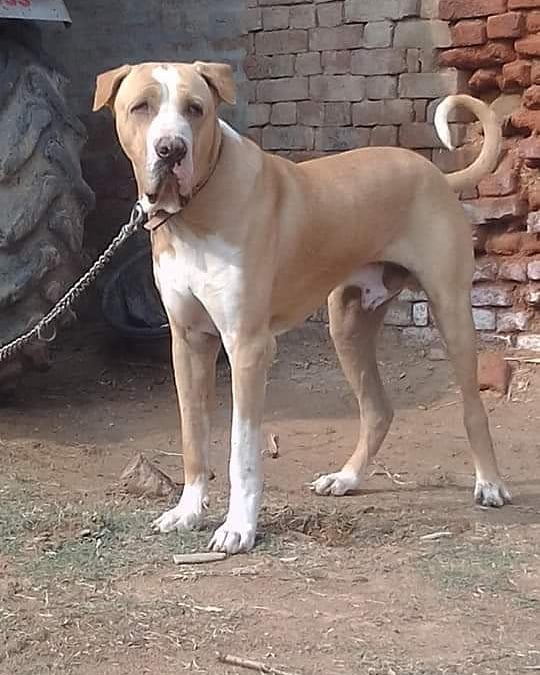
Bully Kutta is a dog breed that originated in India. Because of its popularity, the breed spread quickly to Pakistan, Middle East, and other neighboring countries. These dogs are well adapted to hot climates that are signature to these regions, and can even survive in the harsh conditions of the desert.
12. Vizsla
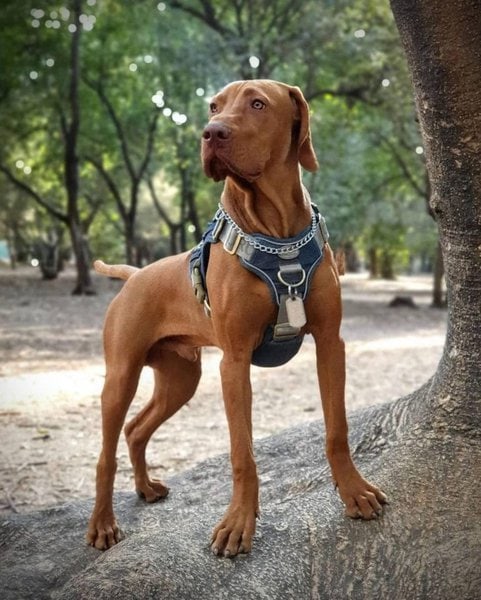
Vizslas are an ancient hunting dog breed. As such, they have evolved to become excellent hunters. Their hunting skill has enabled them to survive in all kinds of climate and weather conditions, including the desert.
Vizslas are masters of the hot climate, and their special features, such as their short, thick coats, help keep them cool.
11. American Hairless Terrier

While the AKC doesn’t recognize this rare breed, the American Hairless Terriers are gaining in popularity. Part of the reason for this is the fact that they have a wonderful temperament that makes them a great addition to the family.
Another reason for the popularity of the American Hairless Terrier is its ability to thrive in areas with hot climates that most other dogs wouldn’t be able to handle. This is because of how little fur they have.
Although they do have some fur on their heads, the rest of the body of the American Hairless Terrier is practically hairless. This means that they aren’t going to overheat in warm weather as they won’t be accumulating as much heat as other dogs.
10. Beagle

The Beagle has an amazing ability to survive in desert conditions. They are small and compact which allows them to conserve water effectively which other dogs in this condition would struggle with.
Beagles are also energetic and lovable dogs. This is why they are among the most popular dog breeds.
9. Indian Pariah Dog
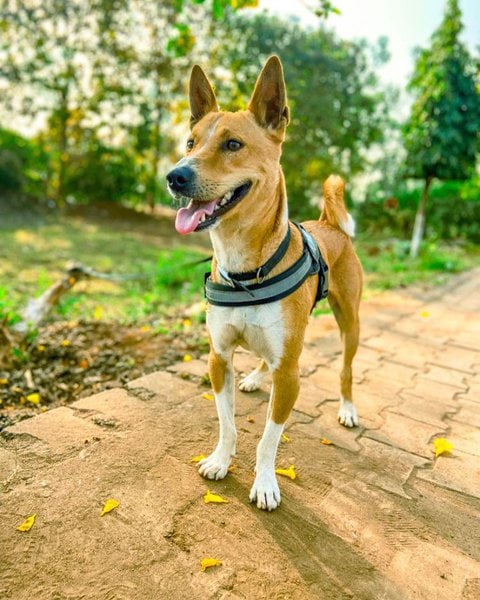
The Indian Pariah Dog is a natural survivor. This native dog can thrive in a variety of environments and has a wide food choice, and it can survive for long periods without food or water.
The Indian Pariah Dog is at home in the desert, grassland, or arid scrub, and has little body fat. It has a small head with erect ears and a long tail that helps to regulate body temperature.
The Indian Pariah Dog will dig a hole in the ground to get below the hot surface temperatures on a hot summer day.
8. German Shorthaired Pointer
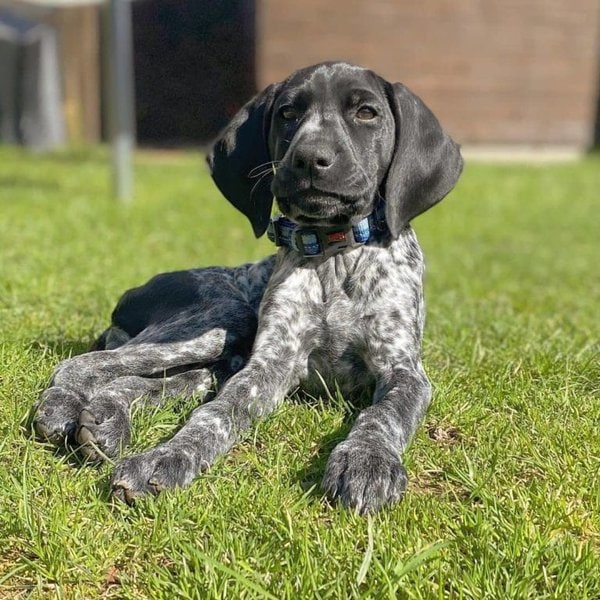
The German Shorthaired Pointer is a hunting dog that can be found in the deserts of North Africa. This dog breed can survive in dry and hot weather because it was originally bred in a hot climate. The GSP is most comfortable in temperatures of 70°F to 90°F.
7. Pharaoh Hound

The Pharaoh Hound is also known as the Egyptian dog. This dog breed came from Egypt and it has been living in these arid lands of Africa for more than 3,000 years. As such, they can survive in harsh hot climates since they are adapted to it.
These dogs are very popular with the people of Egypt and they are also exported. They are found in every small town in Egypt. They are used to hunt down the gazelle or any other small animal. They are also used to protect the property of the owner.
The Pharaoh hound is mostly used as a pet dog. They are very loyal to the owner and they are very protective of the property. They will bark when someone enters the property and they can also chase them away. The dogs are very fast and they can catch a gazelle when needed.
6. Rat Terrier
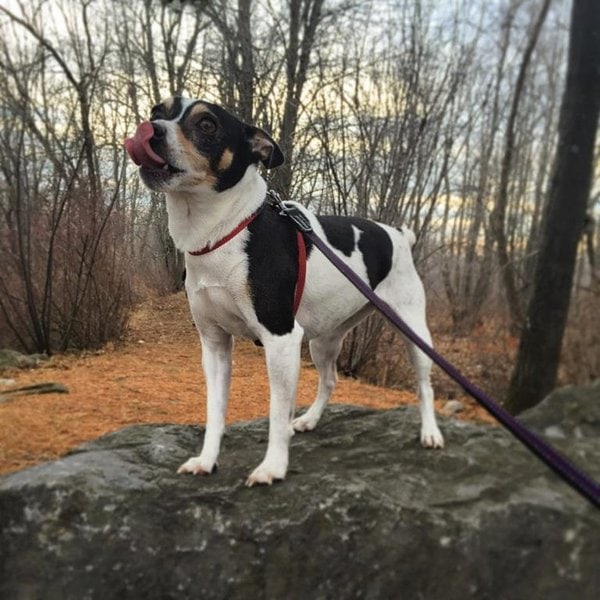
The desert can be a scary place for any animal, but the Rat Terrier can thrive in this harsh environment. The key advantage they have is their fur: the Rat Terrier can shed their coat to prevent overheating.
But it’s not just their fur that makes them so well suited to the desert. Each part of their body is made to survive.
The Rat Terrier also long ears provide additional surface area to dissipate heat and their whiskers help them search for prey in the sand. Their flexible bodies can help them fit into tight spaces and they can also climb trees to escape predators as well.
5. Jack Russell Terrier

Jack Russell Terrier dogs are also known for their ability to adapt to a hot environment. Although they are originally from England, they can survive in a hot desert with no problem.
One of the keys to their survival is their small size. They are on the smaller side with a height of 14 to 16 inches and weigh between 19 to 36 lbs. The Jack Russell Terrier is about the size of a Beagle.
4. Ibizan Hound
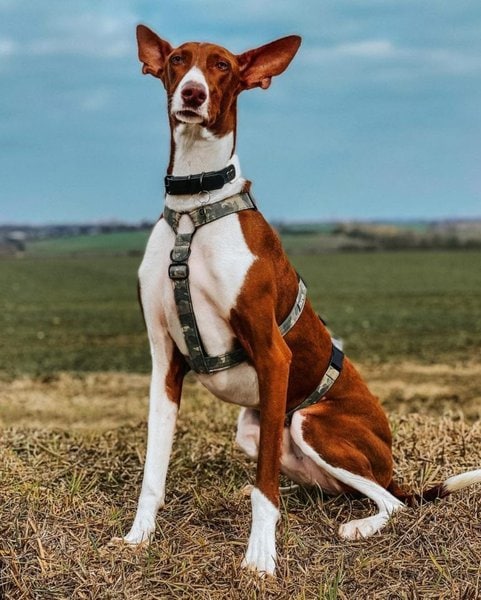
Ibizan Hound is originally from the Mediterranean island of Ibiza, a Spanish island located in the westernmost part of the Mediterranean sea. So Ibizan Hound can survive the hot weather in a few ways. First, Ibizan Hound is a very active breed, so the Ibizan Hound burns a lot of calories. Second, the Ibizan Hound has a very thin and short coat, which makes it easier for it to cool down.
3. Chinese Crested Dog
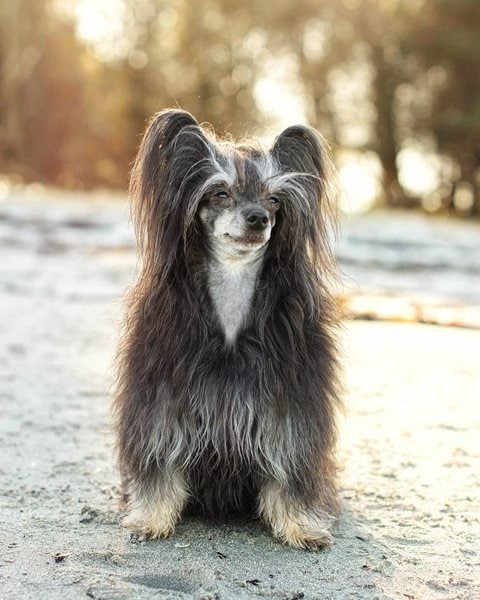
A Chinese desert dog is a breed of dog native to the Gobi Desert. It has the longest hair of any dog and can reach a length of up to 15 inches in length. The coat is very sensitive to the sun and must be protected by sunscreen and a hat, and the dog quickly becomes exhausted in the hot desert. The coat is very thick, making it very hard to see the dog’s skin. This coat protects the dog from the desert climate.
The Chinese desert dog is a very friendly breed and very loyal to its owners. It is common for the dog to follow its owner around the house and accompany them whenever they leave the house. The dog is very protective of its owner and will not cause harm to anyone unless the dog
2. Australian Cattle Dog

The Australian Cattle Dog is a working dog breed that originated in Australia and has been used on cattle ranches there since the mid-1800s. Known as the “Blue Heeler” in its native country, it was bred to help cattlemen herd cattle and sheep, as well as hunt.
Though it was originally bred to work livestock, the Australian Cattle Dog adapted well to the hot Australian climate and is still used today keeping cattle and sheep in large fenced areas
1. Canaan Dog
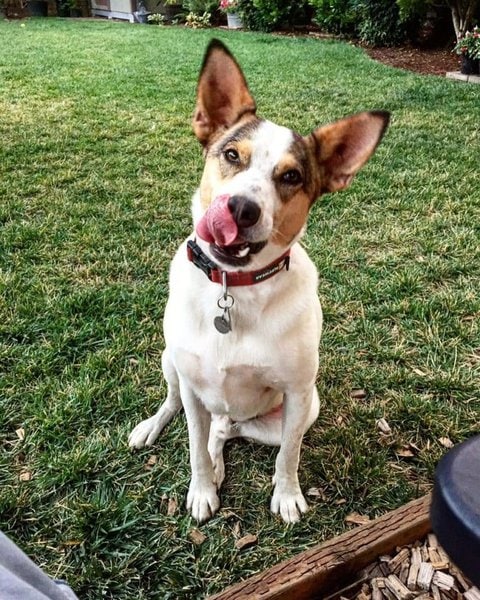
The Canaan Dog is a breed of domestic dog that is native to the Middle East. It has been historically used for herding flocks and guarding property. And through its long history of ancestry, it has become adept at surviving in desert-like conditions that we would associate with the Middle East.
Canaan dogs are related to the modern domestic dog, with a fossil record stretching back over 10,000 years. The Canaan Dog is believed to be the oldest breed of domestic dog.
Related Questions
Are Dogs Less Active In Hot Weather? Yes, dogs tend to become lethargic when the weather becomes hot. In short, they are overheating. Dogs are naturally bred to withstand cooler temperatures, and they need to have a bit more fat to keep them warm. With that in mind, it is easy to see why dogs can’t tolerate higher temperatures nearly as well as humans can.
What Is The Fastest Way To Cool Down A Dog? The fastest, most effective, and most efficient way to cool down a dog is to immerse a dog in cold water. It’s not the only way, and it’s not the best way, but it’s the fastest. This method uses the abrupt change and great temperature difference to cool down a dog as quickly as possible. This will help to prevent them from suffering the effects of heatstroke.
Are Fans Bad For Dogs? Fans can be dangerous to dogs as dogs do not understand the physics and danger of fast-rotating fan blades. Fans are generally unattended, meaning if your dog is unsupervised, he could get tangled in the cords, leading to severe injury.

